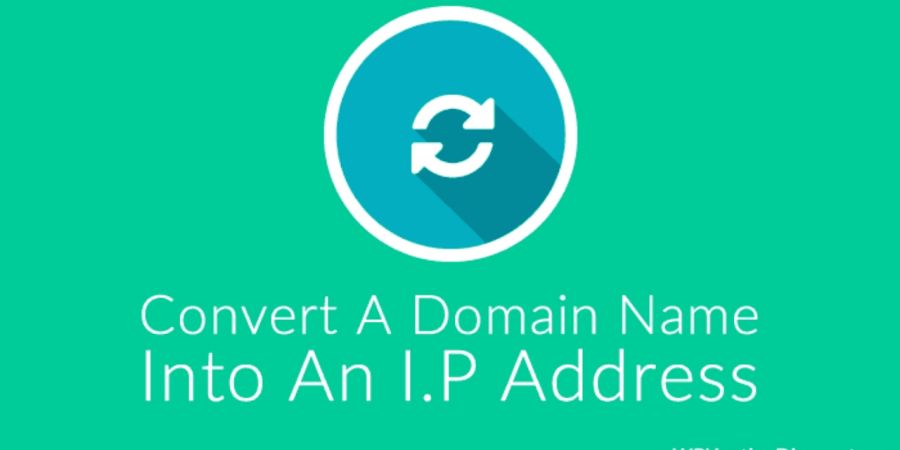

The introduction of the domain name into the realm of virtual reality changed not only that dimension, but also the lives of the majority of people. Many individuals nowadays are seeking for methods to assist them obtain their own domain names. And as the years pass, more and more businesses and individuals are becoming involved. Others are buying domain names, while others are selling them, and some are even trying to figure out how to convert a domain name to an IP address. Despite this, a large number of individuals are unaware that such a thing exists in the actual world. As a result, this essay has been produced to inform them on the nature of the situation.
When it comes to converting a domain name to an IP address, it's critical to remember that the Domain Name System notion is crucial. The DNS is an extremely powerful technology that plays a critical role in converting a domain name to an IP address, as this is the Domain Name System's principal function. So, if you're wondering how a domain name gets converted into an IP address, the answer mostly depends on how the Domain Name System works.
The Internet Protocol address, sometimes known as an IP address, is a 32-bit integer.So, though it is vital to specify the destination address when sending a message, most people nowadays prefer to give devices pronounceable and easily remembered domain names. As a result, the Domain Name System (DNS) is widely utilised. Apart from converting a domain name to an IP address, the Domain Name System also allows a host to be independent of its physical location. When it comes to a host, it might be transferred to a different network yet the users continue to use the same logical name.
It's important to note that the Domain Name System is a distributed database used by TCP/IP programmes to map a domain name to an IP address when converting a domain name to an IP address. It's also worth noting that it acts as a source of electronic mail routing data. As a result, any web site, whether it's a university department, a firm, a campus, or even a department inside a firm, for example, keeps its own database of information and runs a server software that other systems on the internet may access. Clients and servers will be able to connect with each other after converting a domain name to an IP address.
The system then queries the DNS using a resolver after converting a domain name to an IP address. The resolver then either retrieves the domain name and returns the IP address, or retrieves the IP address and searches for the domain name. The function of the TCP for initiating a link or sending a datagram by utilising the UDRP is then involved in the translation of a domain name to an IP address. As a result, everything is under control and in use when converting a domain name to an IP address.












